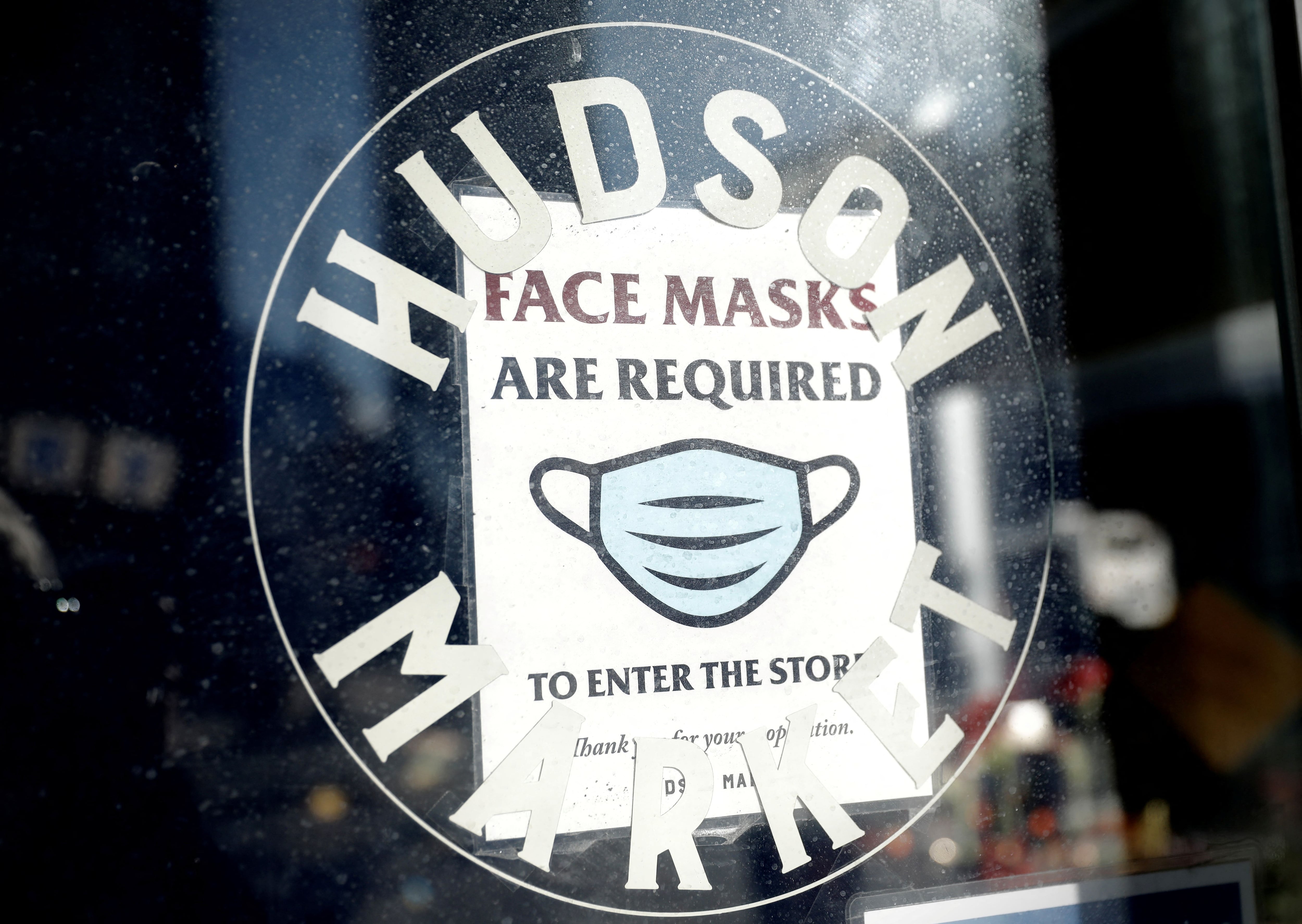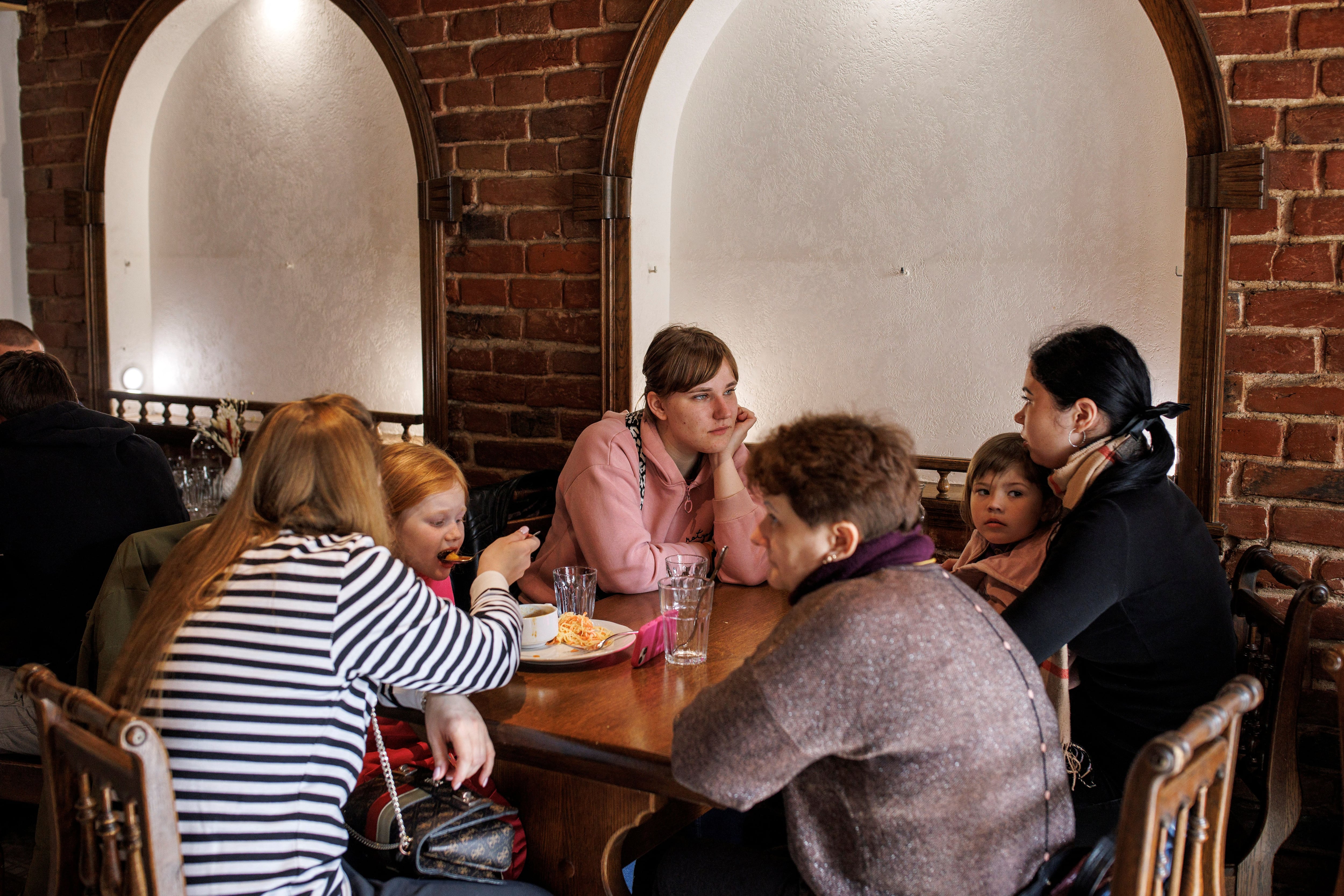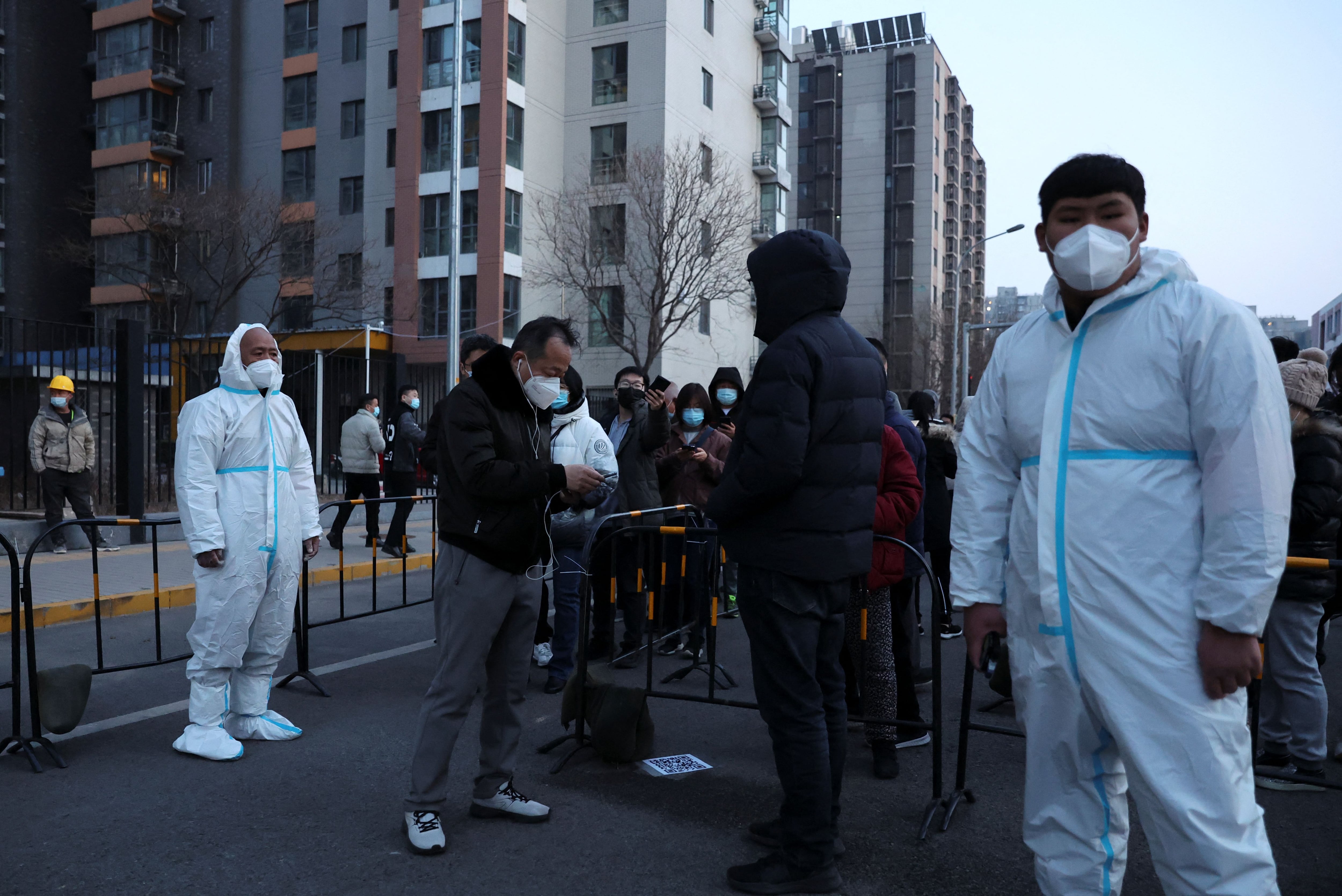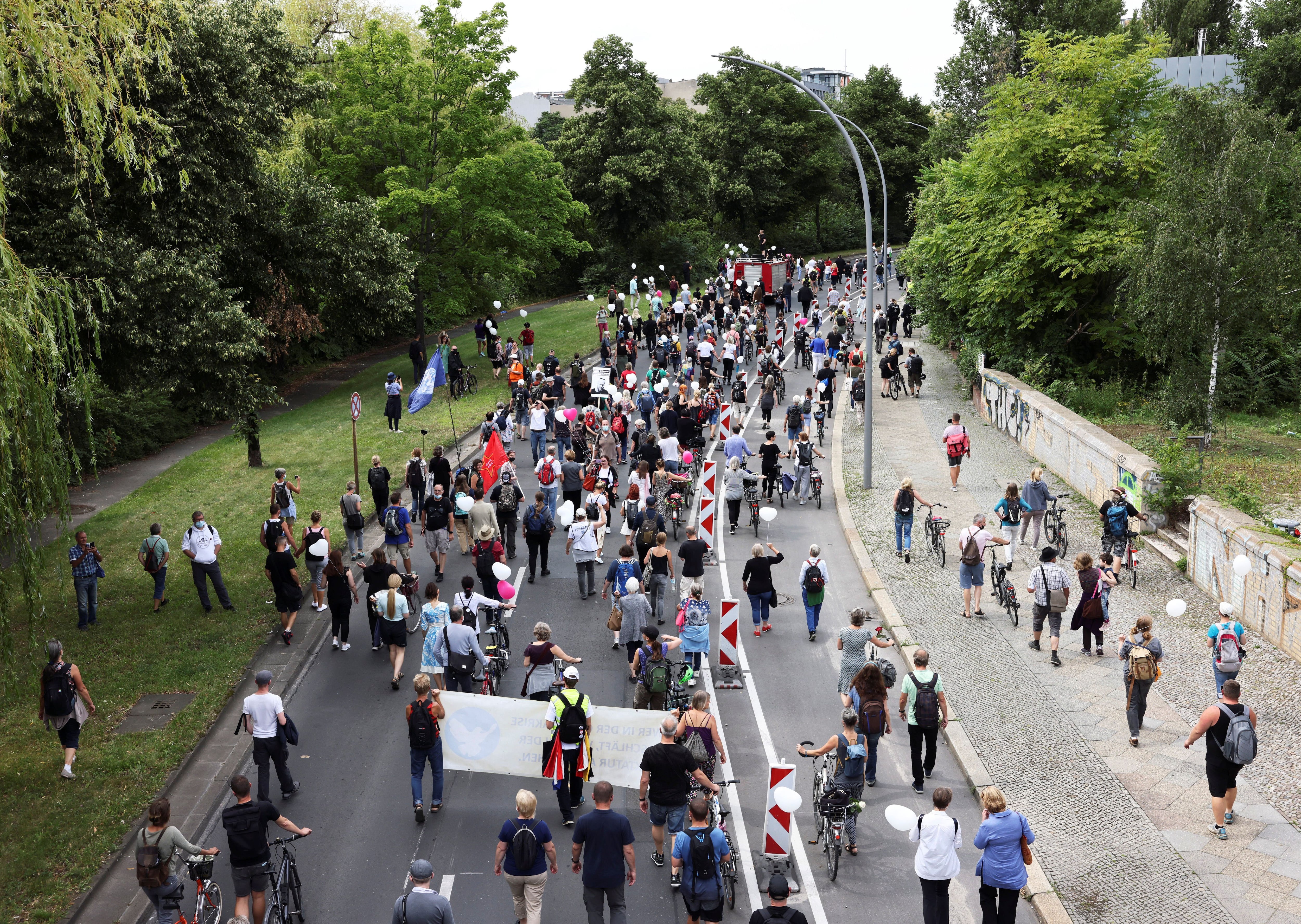
Little by little, countries are eliminating preventive measures and relaxing “vigilance” on the pandemic. For example, in Spain there are no longer quarantines of close contacts and in countries such as France the use of a mask is not mandatory except in health centers.
Meanwhile, Italy will abandon this Friday the “state of emergency” against the coronavirus, imposed throughout the country in January 2020, and will begin to relax measures against the pandemic, starting with the fall of the obligation that citizens have so far to be vaccinated in order to consume in open places and travel in urban public transport.
In addition, as of this Monday, the new “Surveillance and Control Strategy against COVID-19 after the acute phase of the pandemic”, approved by the Government and the Autonomous Communities last week, has been launched in Spain, whereby, among other points, isolations of mild or asymptomatic cases of this infection are eliminated.
Driven by declining infection rates and studies suggesting that COVID-19 caused by the Omicron variant of SARS-CoV-2 is less severe, politicians where that variant is dominant are relaxing the rules that were introduced to address the pandemic. In the UK, for example, all legal restrictions related to COVID-19 are being lifted, including mandatory wearing of masks in public and self-isolation after a positive test.
Other nations, including Poland, Slovakia and Iceland, eliminated the requirement to wear masks outdoors in public and relaxed rules on gatherings, including reopening nightclubs and lifting capacity limits. Along these lines, in an interview with the health information portal Infosalus, the president of the Spanish Society of Epidemiology Elena Vanessa Martínez considered that little by little we must begin to normalize this situation, “where the virus is not a problem”, but neither should the virus be a problem. forget that it is a virus that can cause “major complications in the vulnerable population”.

For his part, the president of the Spanish Society of Immunology (SEI), Dr. Marcos López Hoyos, said that it is logical to eliminate the use of masks, for example outdoors where there is no crowding, although he says that “we must be very cautious”, since currently “incidence levels are still very high and we are not in a position to relax, far from it”, taking into account also that the population in his opinion “has relaxed”, which gives the possibility of concentrating more infections.
Here the virologist José Antonio López Guerrero agrees. The specialist said that he sees it “logical” that measures gradually relax after two years of pandemic, a period that “is usually the middle ground that pandemics usually last naturally”, as happened with the Spanish flu pandemic or until it was done endemic influenza A virus, and other previous pandemics: “The difference with the Spanish flu is the development of the vaccine and sanitary measures now. All of this has caused this pandemic to claim fewer deaths than would have happened if we did not develop the vaccine in such a short time or the socio-health conditions we have now.” Therefore, he defended that we are already in the “new reality”, a stage in which we are going to live with a virus that he surely believes will become seasonal, with sporadic or seasonal outbreaks of infections.
So, remove masks by when? Right now, the president of the SEE considered that removing masks indoors is not a good option: “When will it be time? I don't think it's advisable to remove it everywhere at once, maybe where the risk of transmission is lower. We must evaluate according to the epidemiological situation in which we find ourselves and see the evolution we have or what possible scenarios we may encounter”.

Meanwhile, the head of the COVID Hospitalization Unit at Hospital Sant Pau, Dr. Pere Domingo, confessed that he does not believe that it would be “hasty” to currently suppress the use of masks taking into account that “there are mathematical models” that predict that in the case of vaccination coverage between 70-90%, such as in the case of Spain, it is advisable to extend the use of masks between 2 and 10 weeks after reaching that level of vaccination coverage.
“We know that masks also prevent transmission. In the case of children, those who used them in schools had up to 25% fewer infections. We are therefore aware that the effectiveness of these measures is real and it would not hurt to prolong it a little longer for the time being. We should not rush into this direction”, remarks the specialist.
And what about indoor ventilation? For his part, José Antonio López Guerrero, also professor of Microbiology at the UAM, argues that the most effective preventive measure against the spread of this infection is the mask and believes that it would be advisable to use it at least until after Easter, but always valuing what is the evolution of the virus. “We are not doing our homework anywhere in Europe in terms of what is really important, nor in Spain, such as promoting ventilation in indoor spaces, such as in leisure or in restaurants, as well as in academic settings. We should go to places with well-regulated ventilation, beyond opening windows or doors,” this expert insisted. And he stressed the need for pedagogy, in this regard, on the importance of the use of face masks, for example, for the future, and in those people with symptoms of airborne pathogens, that is due to this coronavirus or others, keep quarantine and masks with high filtration power when interacting with others.

The professor of Immunology Alfredo Corell also agrees on this point, who also regrets that despite the fact that we have been in the pandemic for two years, indoor air purity has not been regulated at the moment, with the mandatory ventilation of enclosed spaces if the air quality is not adequate. “This would ensure that these indoor spaces are safe not only against COVID-19 but for multiple respiratory diseases,” he stressed.
He sees it essential then, and to this day, the use of masks indoors and outdoors whenever there is a large number of people, where the safety distance is not respected, beyond 15 minutes, and where activities are being carried out that lead to a lot of air such as musicals, religious activities or sports, or demonstrations, for example, apart from public transport, or health institutions.
According to recent research published in the scientific journal Nature, some researchers think that the lifting of restrictive measures in the world is happening too quickly. In Switzerland, people no longer need to wear masks in most public places. And while those who test positive for COVID-19 must isolate themselves for five days, all other restrictions have disappeared. “Lifting the masks was premature and I don't really understand why it was done,” said Isabella Eckerle, co-director of the Geneva Centre for Emerging Viral Diseases in Switzerland. He added that polymerase chain reaction tests are showing positivity rates of more than 35% in the country, and only seven out of ten people have received at least one dose of a vaccine (the same proportion of UK adults have received three doses).

Several countries that have removed restrictions have seen subsequent increases not only in cases, but also in hospitalizations and deaths, although the link between cases and serious outcomes has been dissociated, according to Deepti Gurdasani, an epidemiologist at Queen Mary University in London. “Although some deaths after a positive test are incidental, there is a very large proportion that they are deaths from COVID-19. It's a very worrying situation, and that doesn't even speak of the impact of prolonged COVID,” he explained.
Gurdasani would like to see measures implemented that could help minimize the impact of easing restrictions on the number of cases and deaths. For example, he says, if wearing masks is optional, he should focus more on properly ventilating buildings.
But others think that high rates of immunity from recovery and vaccination in some places mean that many of the interventions designed to hinder the spread of COVID-19 are now debatable. “We are in a different place now,” said Müge Çevik, who researches infectious diseases and medical virology at the University of St Andrews, UK. “It is now clear that we cannot prevent infections, so the focus must be on preventing serious outcomes.” She is optimistic that people won't start “going crazy” as soon as the rules about masks and socializing are relaxed; instead, there will be a gradual return to normality.
KEEP READING:
Últimas Noticias
Debanhi Escobar: they secured the motel where she was found lifeless in a cistern
Members of the Specialized Prosecutor's Office in Nuevo León secured the Nueva Castilla Motel as part of the investigations into the case

The oldest person in the world died at the age of 119
Kane Tanaka lived in Japan. She was born six months earlier than George Orwell, the same year that the Wright brothers first flew, and Marie Curie became the first woman to win a Nobel Prize

Macabre find in CDMX: they left a body bagged and tied in a taxi
The body was left in the back seats of the car. It was covered with black bags and tied with industrial tape
The eagles of America will face Manchester City in a duel of legends. Here are the details
The top Mexican football champion will play a match with Pep Guardiola's squad in the Lone Star Cup

Why is it good to bring dogs out to know the world when they are puppies
A so-called protection against the spread of diseases threatens the integral development of dogs




